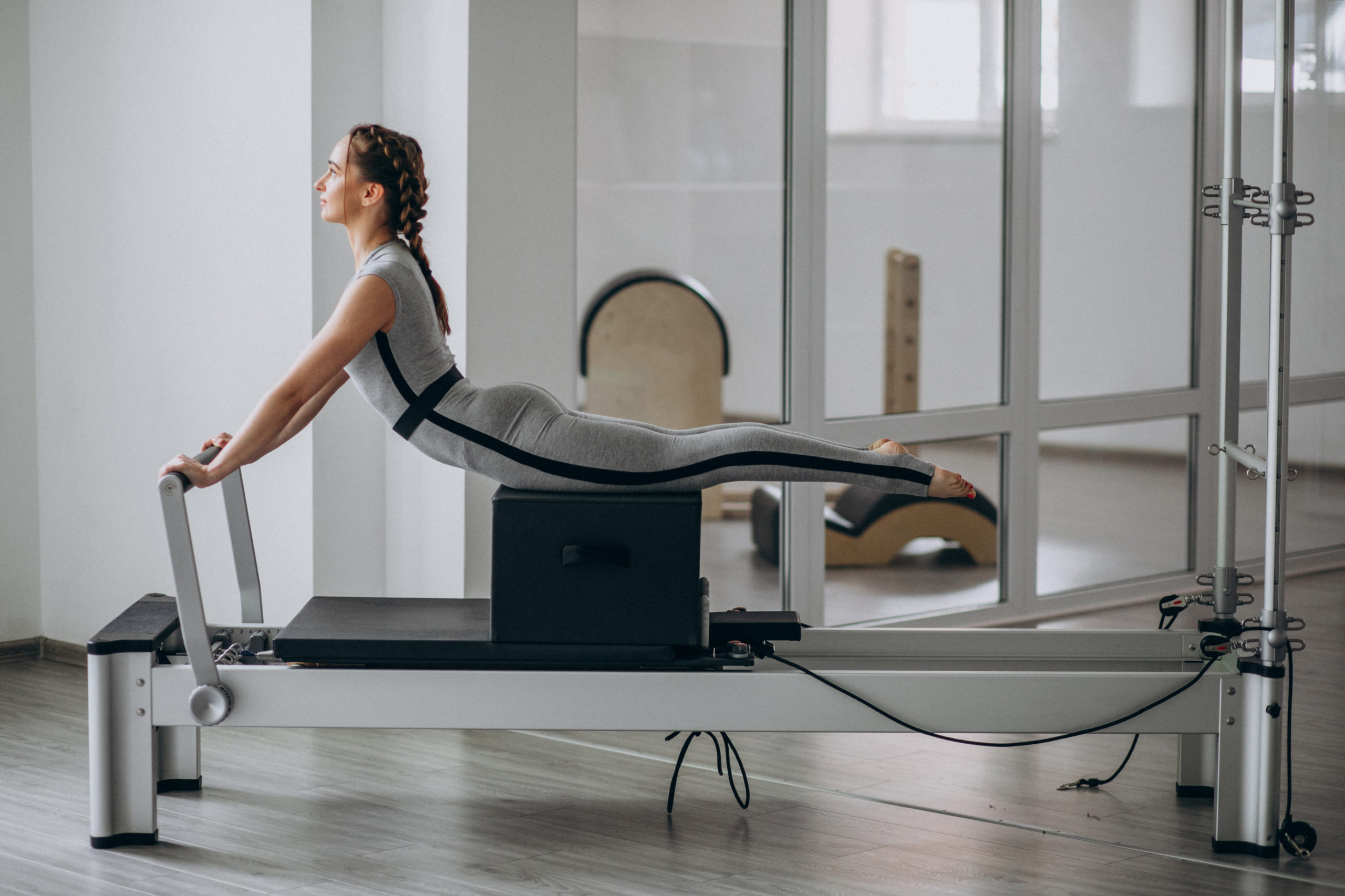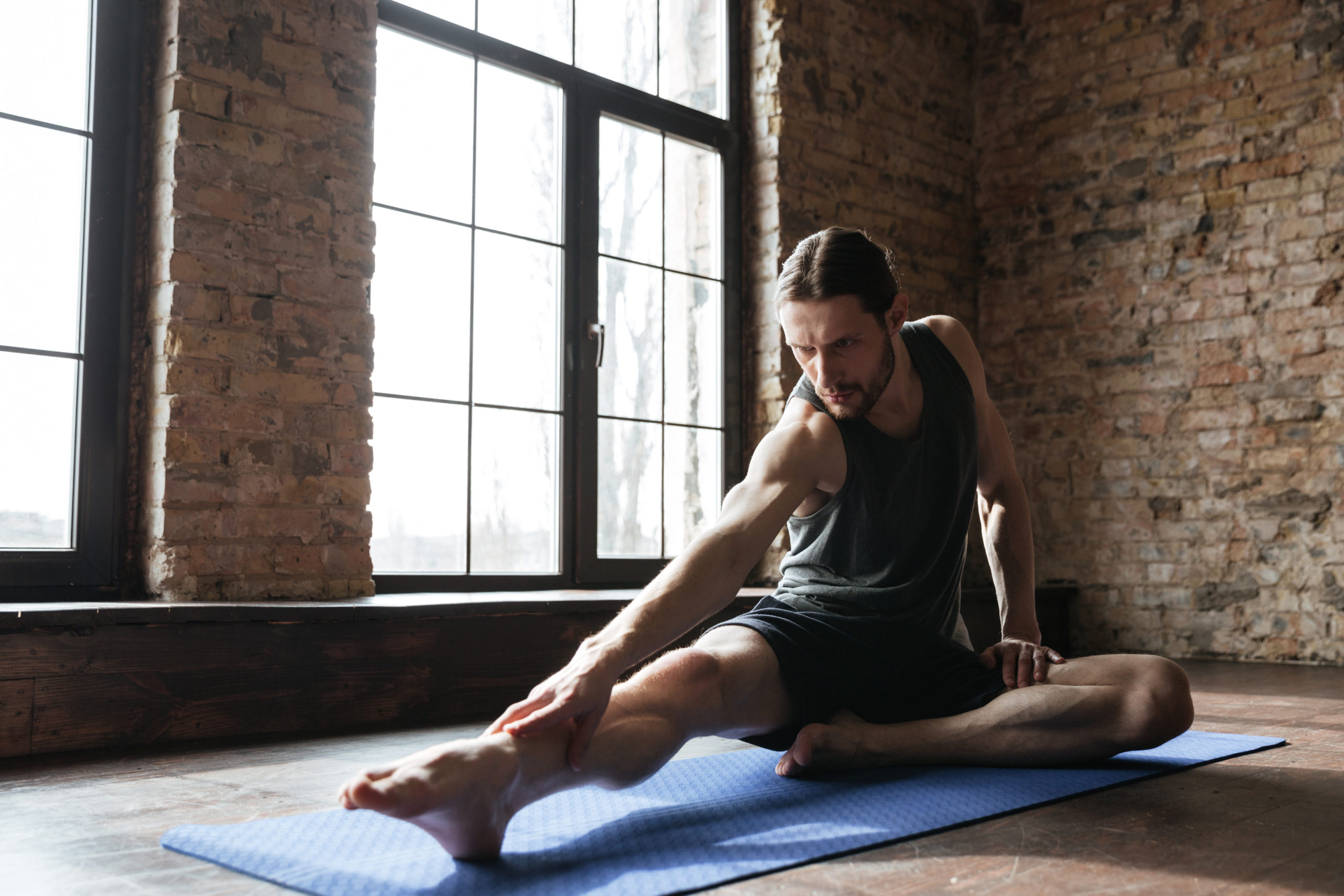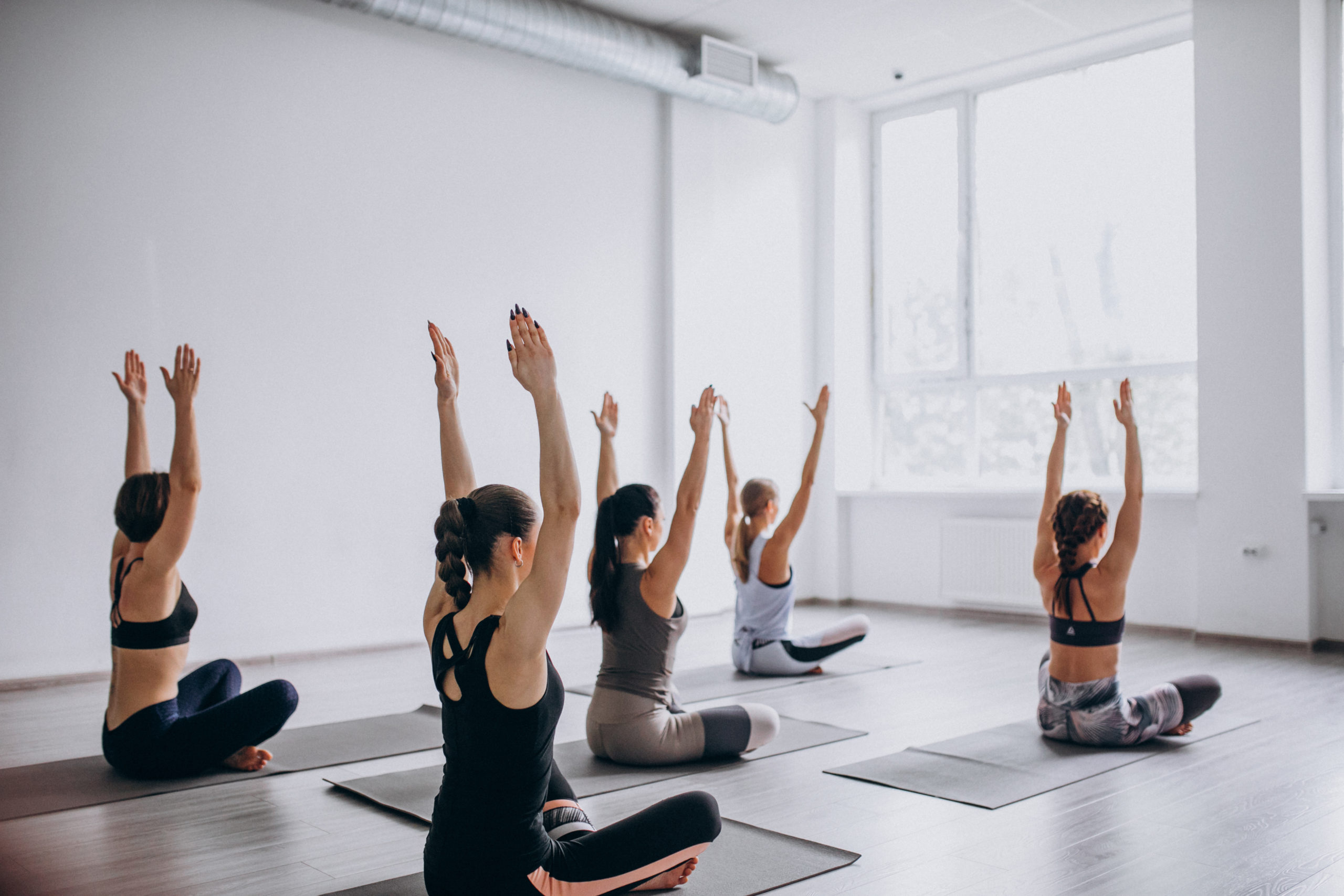The Pilates Method (also simply called Pilates) is a type of training developed by Joseph Pilates in the early 1900.
J. Pilates called his method Contrology, referring to the way the method encourages the use of the mind to controlmuscles.
It is an exercise program that focuses on the postural muscles, that is, those muscles that help to keep the body balanced and are essential to provide support to the spine.
The method is also indicated in the field of postural re-education. In particular, Pilates exercises raise awareness of the breathing and alignment of the spine by strengthening the muscles of the deep plane of the trunk, very important to help relieve and prevent back pain. This training method not only strengthens the abs but also strengthens the deeper muscle bands near the column and around the pelvis.
In stark contrast with bodybuilding, Pilates tends to stretch and tone muscles, without developing or enlarging them disproportionately.
The Pilates method, in fact, involves work both on the internal musculature and on the external musculature of the body, tending to increase physical strength. It ultimately results in an increased ability to coordinate your nervous system and musculoskeletal system and decreasecervical and back pain, supported by a trained abdomen.
In the adolescent phasePilates, with its exercises, helps to correct the frequent wrong postures usually assumed during the stage of puberty, favouring the maintenance of concentration and control of the mind at this delicate moment of growth.
For the elderlythis discipline is often proposed as a form of gentle gymnastics for those who still want to keep toned and active.
Pilates also decreases or eliminates chronic bone and muscle pain, especially in the lower back and cervical area.
The most important contraindicationsof the Pilates method are in some pregnant subjects and for those who have back problems such as serious hernias, discopathies and similar problems. In this case, Pilates must be a medical strategy, along with the physiotherapist or orthopaedic doctor.
Pilates is an anaerobic activity and can be integrated with aerobic activities in cases where there are no physical limitations for the latter.
The key point of the method is the toning and reinforcement of the Power House, that is, all the muscles connected to the trunk: the abdomen, glutes, adductors and the lumbar area.
The exercises that are performed both with and without the use of props and on machines invented by J. Pilates (Reformer, Cadilac, Tower, Chair, Body Arc, Barrel) must be fluid and perfectly executed, they must also be combined with proper breathing.
The method refers to the basic principles of Pilates, which are six:
- Breathing is always well controlled and guided by the help of the teacher as in the practice of Yoga (specifically in Pilates you inhale to start the exercise and you exhale at maximum effort, unlike Yoga, you breathe in with your nose and you exhale with both your nose and your mouth and for each exercise there is a precise rhythm);
- the Center of Gravity, synonymous with Power House, seen as a center of strength and control of the whole body;
- Precision, every movement must approach perfection, a closed-circuit work where the teacher must have continuous feedback from the student;
- Concentration, maximum attention and concentration in every exercise, the mind must be the supervisor for every single part of the body;
- Control, control over every part of the body, we should perform reckless and neglected movements;
- Fluidity, this principle is the synthesis of all previous concepts.
Over 500 different exercises devised by Pilates make exercising varied and adaptable to any level of physical preparation.
Pilates has now become an important part of fitness and rehabilitation. As Joe said:
In 10 sessions you’ll feel the difference, in 20 you’ll see the difference, and in 30 you’ll have a new body.










No Comments